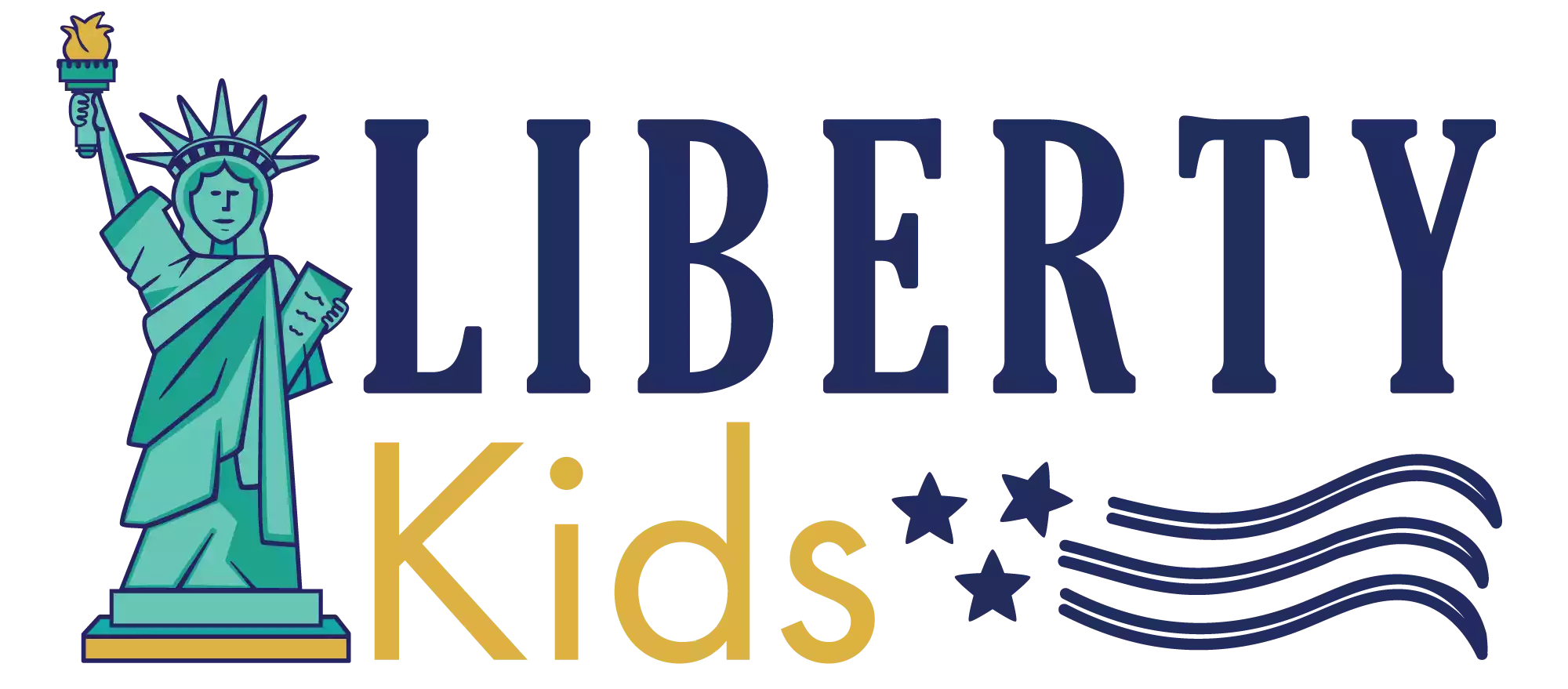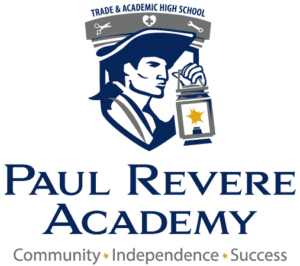
1st Year Teachers: Udall
Surviving and Thriving as a First-Year Teacher
Teaching is one of the most important and impactful professions there is, yet it comes with immense challenges, especially in that critical first year. In our latest episode of the American Classroom podcast, I had the privilege of speaking with Heidi Udall, principal at the Heritage Academy Mesa campus and former first-year teacher. Heidi opened up about her own journey into the classroom later in life and provided candid wisdom on everything from curriculum prep to classroom management.
Her thoughtful reflections highlighted both the struggles and the joys of being a new teacher. It was incredibly inspiring to hear how teachers like Heidi are shaping young lives, one classroom at a time.
Heidi’s path was unique in that she didn’t start teaching until her late 30s. After getting her degree, she chose to step away from education to raise her four kids. Thirteen years later, she stepped back into the classroom as a high school English teacher. This life experience gave Heidi a valuable perspective, though she still faced many classic “first year teacher” challenges.
The Overwhelming First Year
One of Heidi’s biggest hurdles was managing four separate preps in her first year. As she put it, “I was a little bit unique, meaning that I had received my education in my twenties and then I chose to step out of the profession and stay home for 13 years with my kids.” With four grades worth of curriculum to get up to speed on, Heidi had her work cut out for her.
“I had four different classes that I was teaching and I had never taught any of them,” she explained. Many days she found herself hastily prepping material right before class. As her department chair advised, “All you have to do is be 10 minutes ahead of the students.”
Though Heidi’s life experience gave her credibility, she found she still needed to learn professional skills like classroom management, speaking with authority, and setting expectations. She had to quickly adjust to moving from managing her own kids at home to managing a room full of teenagers.
The Power of Mentors
One of the biggest takeaways from Heidi’s first-year experience was the power of a strong mentor teacher. She shared about two veteran teachers who gave her curriculum resources and talked her through the content. Having that hands-on guidance made a world of difference as she navigated her demanding new role.
Heidi emphasized that a good mentor match is about personality compatibility and proximity even more than shared subject matter expertise. It’s invaluable to have someone experienced who you can turn to spontaneously throughout the day with quick questions or to debrief a lesson.
Supporting Our First-Year Teachers
Heidi stressed the importance of administrators checking in frequently with first year teachers. Simply knowing that her principal’s door was open to provide reassurance was hugely helpful for Heidi in her beginning years. She needed the space to be able to ask questions and admit struggles without fear of judgment. Knowing she had a place to process both successes and failures with understanding reduced the pressure and isolation she felt.
We also discussed some of the unique differences between teachers starting fresh out of college compared to those like Heidi who come into education as a second career.
Regardless of age or background, classroom management is almost always the biggest hurdle for new teachers. However, those entering from industry can face additional challenges like learning to speak with professional authority or managing student behavior for the first time. Mentoring and support needs to be tailored based on each teacher’s individual strengths and gaps.
Many first year teachers also have fears about classroom management and not knowing all the answers. Heidi encouraged new teachers to give themselves grace, saying “It’s okay to not know everything.”
Modeling lifelong learning for your students is a gift. Teachers shouldn’t be afraid to think out loud and problem solve in real time when they hit knowledge gaps. Creating a safe environment where it’s okay to take risks reduces pressure and empowers student learning.
Joy and Purpose
There are two parts of teaching, teaching as a science, and teaching as an art form. The science of teaching comes from the concrete skills that can be taught, like lesson planning, grading, and effective questioning techniques. But the true magic happens in the heart and passion a teacher brings into their classroom.
Even after years of experience, Heidi described teaching as something she’s never fully “arrived” at. She still sees herself as a learner, constantly adapting her methods to the unique needs of each new set of students. Great teaching requires creativity and vulnerability in addition to expertise.
Heidi’s parting advice? “If you choose to become a teacher, you wake up every morning excited that you get to be a teacher.” Teaching is inherently meaningful because it allows you to engage with students’ incredible energy and see their personal growth firsthand.
At the end of each day, teachers have the privilege of knowing they’ve made a tangible difference in young lives. What a beautiful, motivating purpose!
Teaching is clearly far more than just lesson plans and lectures. It’s a craft and a calling that demands your whole heart. One thing I know for sure – we need more committed, passionate teachers like Heidi!
If you feel drawn to the classroom, take that leap of faith into the classroom knowing you don't have to go it alone. There will be mentors, leaders, and fellow teachers to guide your journey. The growth you will experience in your first years will shape you as an educator for a lifetime.
Teaching is tough but you are up to the challenge. Trust that the inner fire that called you to this work will sustain you through the trials. The future needs devoted teachers - and our students need you. Take courage and step boldly into your first classroom. The rewards will be life-changing, not just for your students, but for you.







Comments